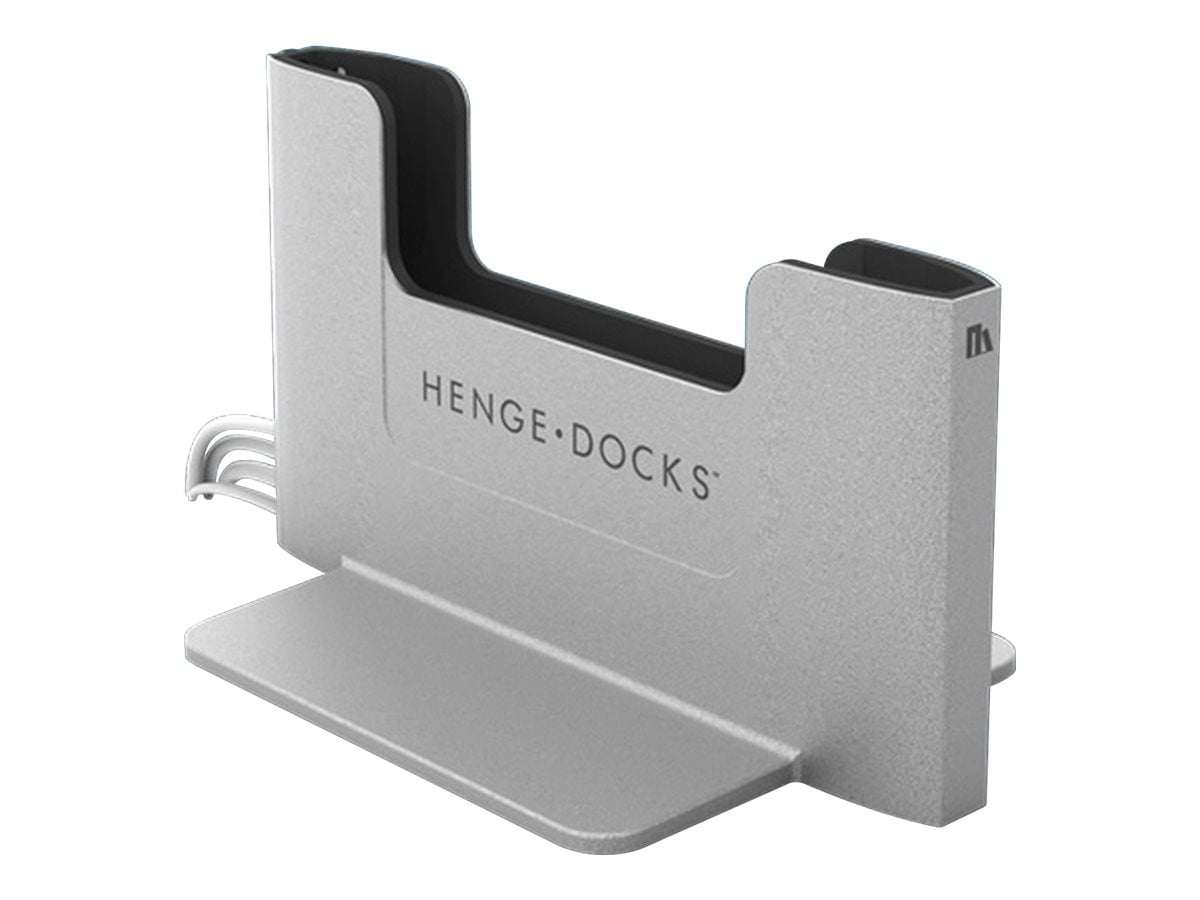

Click on the iMac and your PC should show both displays. The PC will look for available displays and your iMac should appear in the results. Select the ‘Project’ tile and choose ‘Connect to a wireless display.’ Move onto the PC and access the ‘Action Center’ from the bottom-right corner. Under ‘Projecting to this PC,’ click on the first drop-down menu and choose ‘Available everywhere.’ Select ‘First time only’ under ‘Ask to project to this PC.’ It is not necessary to ‘Require PIN for pairing,’ so you can keep the option off.Īt the bottom of the window, make sure you give your computer a name, especially if you have multiple machines at your home.

Go into Windows Settings on your iMac, choose ‘System’, and select ‘Projecting to this PC’ from the menu bar on the left. This means that it is likewise capped at three displays, making it the only model that supports the same number of monitors as its 2011 counterpart.Make sure your iMac is on and running Windows, then connect to the same network as your PC via Ethernet or WiFi. The 15" MacBook Pro, on the other hand, uses the same graphics and Thunderbolt hardware as its Retina Display cousin but lacks an HDMI port. Since the 13" MacBook Pro uses the same Intel HD Graphics 4000, DS元510L Thunderbolt controller, and single physical Thunderbolt port as the new MacBook Air, it should be able to push a total of three monitors using daisy-chained Thunderbolt Displays.

While no one spent any time talking about the capabilities of the non-Retina MacBook Pros, the fact that they both share so much hardware with their thinner cousins makes conclusions easy to extrapolate. The Retina MacBook Pro, on the other hand, sports two physical Thunderbolt ports plus an HDMI port, meaning that you don't need to do any daisy-chaining to get to the maximum of four displays that the more powerful NVIDIA GeForce GT 650M is capable of pushing. Because the Air only has one physical Thunderbolt port, however, the only way to support the maximum number of monitors is to daisy-chain Thunderbolt displays-an expensive proposition. The Intel HD Graphics 4000 GPU in the 2012 MacBook Air supports a total of three displays (up from the two supported by last year's HD Graphics 3000) and the Thunderbolt controller used by both the Air and the Retina MacBook Pro, the DS元510L, also supports two display outputs. The number of displays that Thunderbolt-equipped Macs can drive is dependent largely on the capabilities of the GPU and the Thunderbolt controller chip installed. Past MacBook Airs have only supported the use of two displays simultaneously, while the 15" and 17" 2011 MacBook Pros could only support a total of three. Users of multi-monitor setups are in for a treat: according to a report by 9to5Mac and legwork by Gabor Cselle and OWC, the 2012 MacBook Air can support two external displays for a total of three, while the Retina MacBook Pro supports three external displays for a total of four.


 0 kommentar(er)
0 kommentar(er)
